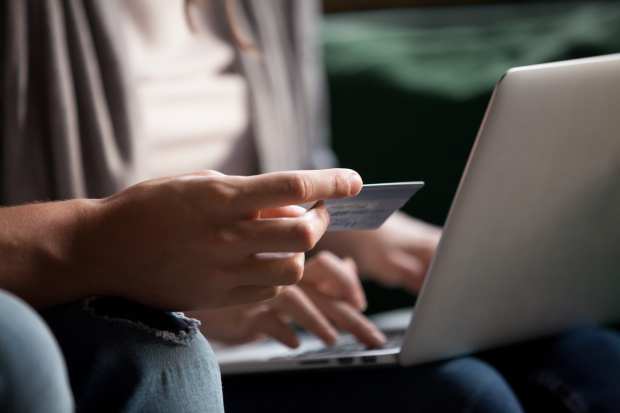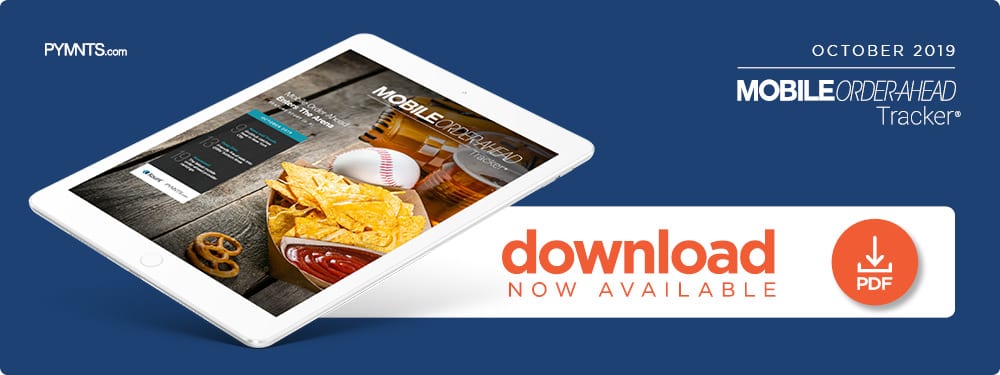Deep Dive: Why Friendly Fraud Is Anything But Friendly

A top priority among quick-service restaurants (QSRs) is protecting against bad actors who can make off with untold sums if left unchecked. Mobile app developers and restaurant owners are thus pouring resources into countering threats and avoiding data breaches that harm both them and their customers.
Another kind of fraud is often underreported and still ruinous to QSRs’ margins if unblocked. It is called friendly fraud and causes great damage, despite its name.
What is friendly fraud?
What distinguishes friendly fraud is that a legitimate customer, not a bad actor, perpetuates the fraud. The most common form of the scheme occurs when shoppers request chargebacks from their banks, claiming that their transactions were fraudulent or that their orders never arrived. FIs overturn the sales and grant refunds before returning to the restaurants to recoup the payment.
This practice is relatively benign in many cases: The customer just wants the money back for something they did not order and files with their bank rather than requesting a direct refund from the restaurant. This is an inconvenience for QSRs but is considered an everyday part of doing business with credit cards.
Sometimes customers are less than honest, however. Perhaps they get buyer’s remorse and want a refund even though they enjoyed their meal. A child might get their hands on a parent’s credit card and order a large quantity of food without consent.
The customer wants the money back in either case, but neither the restaurant nor the bank has any refund obligation, so the shopper makes a false chargeback claim with their bank that perhaps the order was fraudulent, the food never arrived or the order was inaccurate. The bank wants to remain in the customer’s good graces even though it has no means to verify the claim, so it accepts the request and the restaurant is stuck paying the bank.
Mobile ordering led to the rise of friendly fraud
Friendly fraud accounts for anywhere between 60 percent to 80 percent of merchant chargebacks, according to recent research. Restaurants are more vulnerable than other merchants, however, as they lack a remedy to recoup losses. While a retail store can demand that customers return merchandise they charged back, restaurants cannot take back eaten food.
Friendly fraud’s rise corresponds to mobile order-ahead systems’ increased use. It is impossible to execute the scheme traditionally ordering in a store, as no dictated in-person order has plausible deniability. Restaurants are increasingly offering delivery and pickup orders through mobile apps, and that can lead to more filed chargebacks and more friendly fraud.
The other nefarious component of this fraud type is its death-by-a-thousand-cuts nature. According to Tricia Phillips, senior vice president of product and strategy at fraud prevention company Kount, many restaurants do not even realize they are victims of the scheme because each individual chargeback has such a low value.
How can it be stopped?
Protecting against friendly fraud requires a delicate balance, as restaurants have to hold off fraudsters but must not alienate legitimate customers with valid chargeback reasons.
One of the best ways to counter the scheme is to leverage FIs’ and credit card companies’ existing tools. Card Verification Value (CVV2) codes cannot be stored on restaurants’ systems and are therefore far less likely to fall into the wrong hands. An entered CVV2 code means that the customer physically possesses the card at the time of the transaction and has authorized, making chargeback disputes significantly easier for restaurants to win.
An address verification system (AVS) that matches credit card billing addresses to those filed with banks is another means of prevention. Having a positive AVS match makes it much more difficult for a customer to claim an unauthorized purchase, as fraudsters are unlikely to have access to such details.
The most significant way to prevent friendly fraud is neither expensive technology nor fancy security systems but rather simple customer relations. Consumers do not want to rip off a restaurant that has food they like and a staff they trust, especially if any grievances can be amicably resolved without going to a third party such as a bank. Clear refund and delivery policies as well as open lines of communication are therefore imperative in building positive customer relationships.
Friendly fraud is currently thriving, but with education, awareness and a combination of ironclad authentication tools and customer engagement, restaurants have a shot at curbing scheming customers and protecting their margins.

